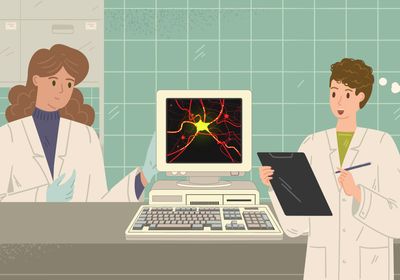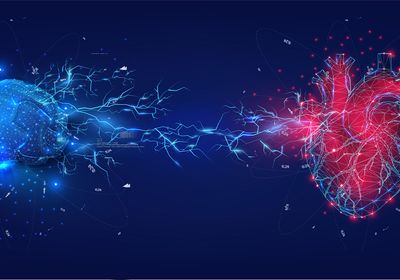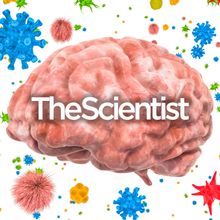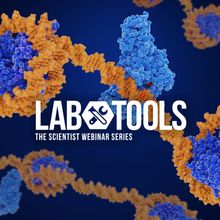ADVERTISEMENT
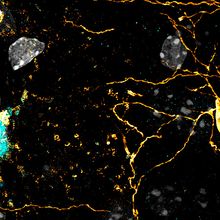
Older Oligodendrocytes Live Longer Despite Damage
Nicholas Miliaras, PhD | Aug 28, 2024 | 3 min read
Tracking oligodendrocytes across their lifespans could help scientists better understand neuronal aging and degenerative diseases.
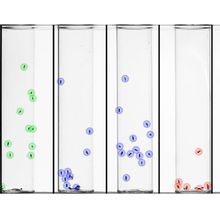
Combating Age-Related Motor Decline
Aparna Nathan, PhD | Aug 23, 2024 | 4 min read
Increasing levels of the protein Trio preserved synaptic function and motor abilities in aging flies.
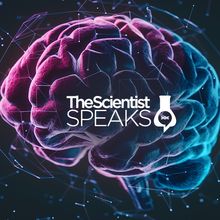
Organoids in Space: The Next Frontier
The Scientist | 2 min read
Researchers take brain training to the next level by launching mini brains into outer space.
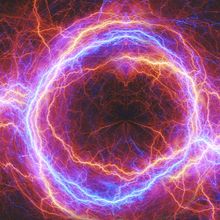
Current Events: Bioelectrical Gradients Guide Stem Cell Morphology
Iris Kulbatski, PhD | Aug 16, 2024 | 3 min read
Electrically conductive hydrogels may hold the power to advance the use of stem cells for neural engineering.
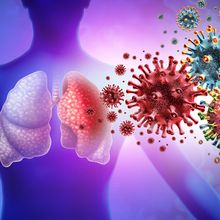
Bacteria Put on an Invisibility Cloak to Cause Asymptomatic Infections
Sahana Sitaraman, PhD | Aug 15, 2024 | 5 min read
Biofilms prevent Pseudomonas aeruginosa toxins from being detected by sensory neurons, tricking the body into not looking sick.

Bringing Gene Therapy to the Brain
The Scientist Staff | 1 min read
In this webinar, Douglas Marchuk and Viviana Gradinaru will discuss how scientists can overcome physiological barriers preventing gene therapies from reaching the brain.
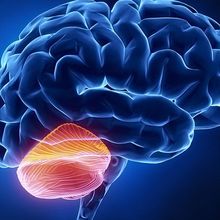
Revealing the Mutation Behind a Rare Neurological Disease
Claudia Lopez-Lloreda, PhD | Aug 2, 2024 | 3 min read
After 20 years, scientists studying patients with cerebellar degeneration discovered a mutation that disrupts autophagy.
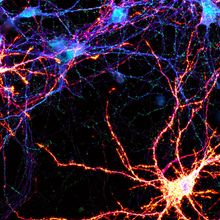
Lighting Up the Neuronal Cytoskeleton
Mariella Bodemeier Loayza Careaga, PhD | Aug 1, 2024 | 2 min read
By combining microscopy techniques with genome engineering, scientists revealed the complexities of the presynaptic actin cytoskeleton.
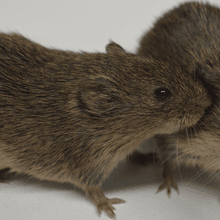
Be My Vole-entine: How Love and Loss Change the Brain
Paige Nicklas | 4 min read
Neuroscientists studying prairie voles discovered that dopamine in the brain gushes when the animals are with their life partners and that loss of a partner erased this neurochemical signature.
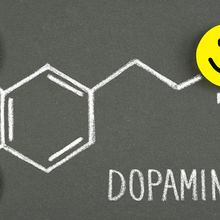
Debunking the Dopamine Detox Trend
Hannah Thomasy, PhD | Jul 31, 2024 | 9 min read
The fad of temporarily fasting from pleasurable activities likely won’t “reset” dopamine levels and doesn’t accurately reflect this molecule’s nuanced functions.

Fine Tuning Muscle Control with Light
Claudia Lopez-Lloreda, PhD | Jul 31, 2024 | 3 min read
By leveraging optogenetic stimulation for more precise muscle activation, scientists hope to advance neuroprosthetic technology.

Another Reason to Challenge Yourself at the Gym
Alara Tuncer | 4 min read
In a chronic stress model, challenging exercise reduced anxiety by activating a three-neuron loop across brain regions.
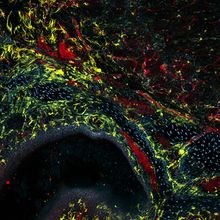
Studying the Brain During Fungal Infections just got a Whole Lot Clearer
Shelby Bradford, PhD | Jul 30, 2024 | 4 min read
Researchers adapted microscopy techniques to identify rare instances of Cryptococcus neoformans in mice brains and lungs.
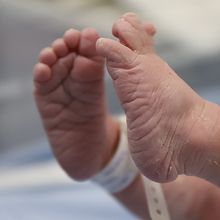
Tiny Biomarkers for Small Patients with Brain Injuries
Charlene Lancaster, PhD | Jul 24, 2024 | 5 min read
Scientists identify potential microRNA-based diagnostic and predictive biomarkers of neonatal encephalopathy.
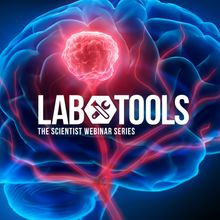
Viewing the Glioblastoma Tumor Microenvironment at Single Cell Resolution
The Scientist Staff | 1 min read
In this webinar, Matthias Brendel will discuss a new PET approach called scRadiotracing, which involves immunomagnetic cell sorting after in vivo radiotracer injection combined with 3D histology.
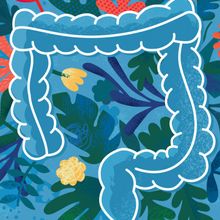
Researchers Use Groovy Science to Understand Gut Feelings
Iris Kulbatski, PhD | Jul 17, 2024 | 4 min read
A new microfluidics cell culture model recapitulates the basic biology of gut touch.
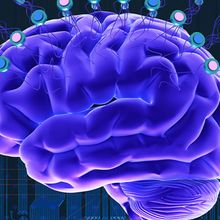
An Epigenetic Brain Scan
Aparna Nathan, PhD | Jul 16, 2024 | 4 min read
A lower-resolution spatial epigenomics method offers a cost-effective alternative to traditional single-cell approaches.
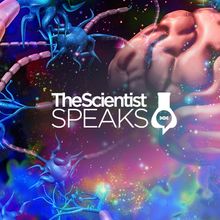
Natural Trip: Endogenous Psychedelics and Human Physiology
The Scientist | 1 min read
Researchers explore the trippy science behind natural hallucinogens in humans.
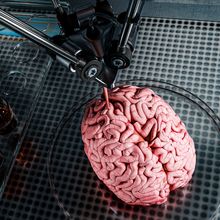
Crafting Mindscapes of the Brain
Laura Tran, PhD | Jul 15, 2024 | 2 min read
Functional human neural tissues assembled using 3D printing technology may provide insights into neural wiring.
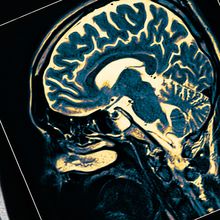
Gut Microbe Metabolites Lower Levels of Toxic Tau
Kamal Nahas, PhD | Jul 9, 2024 | 5 min read
Researchers simulated interactions between microbial molecules and neural receptors to explore whether gut bacteria might influence brain chemistry.
